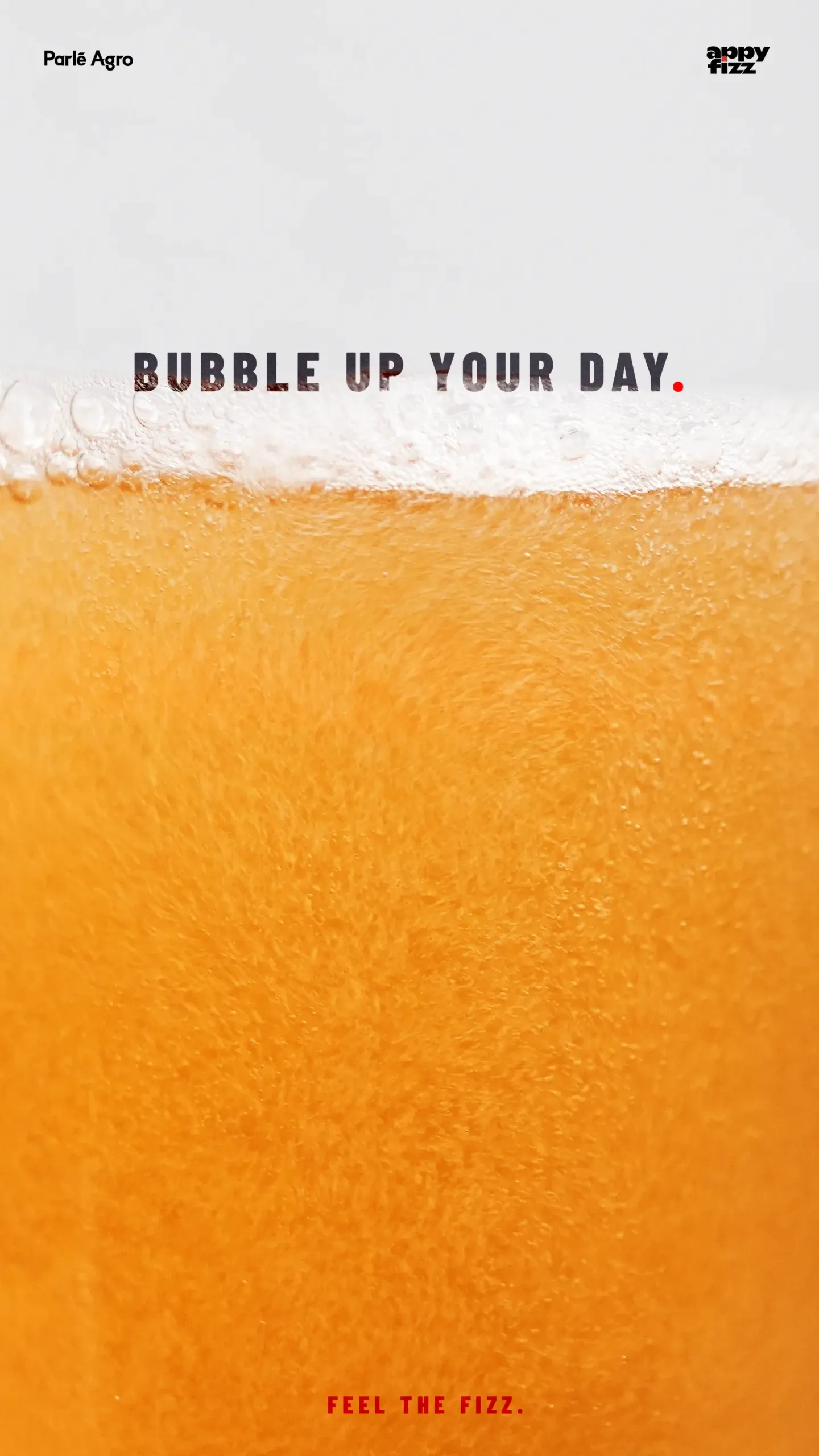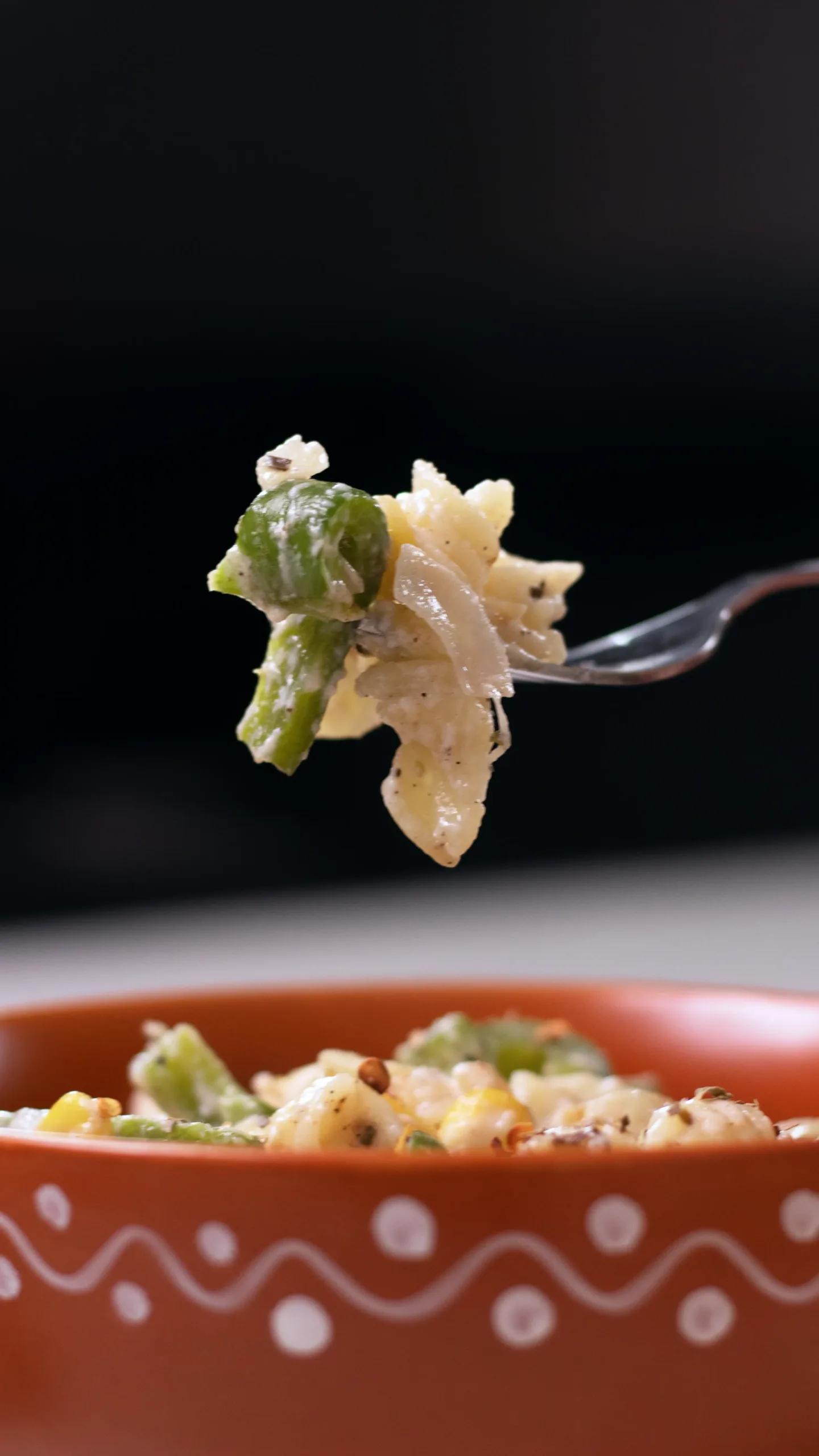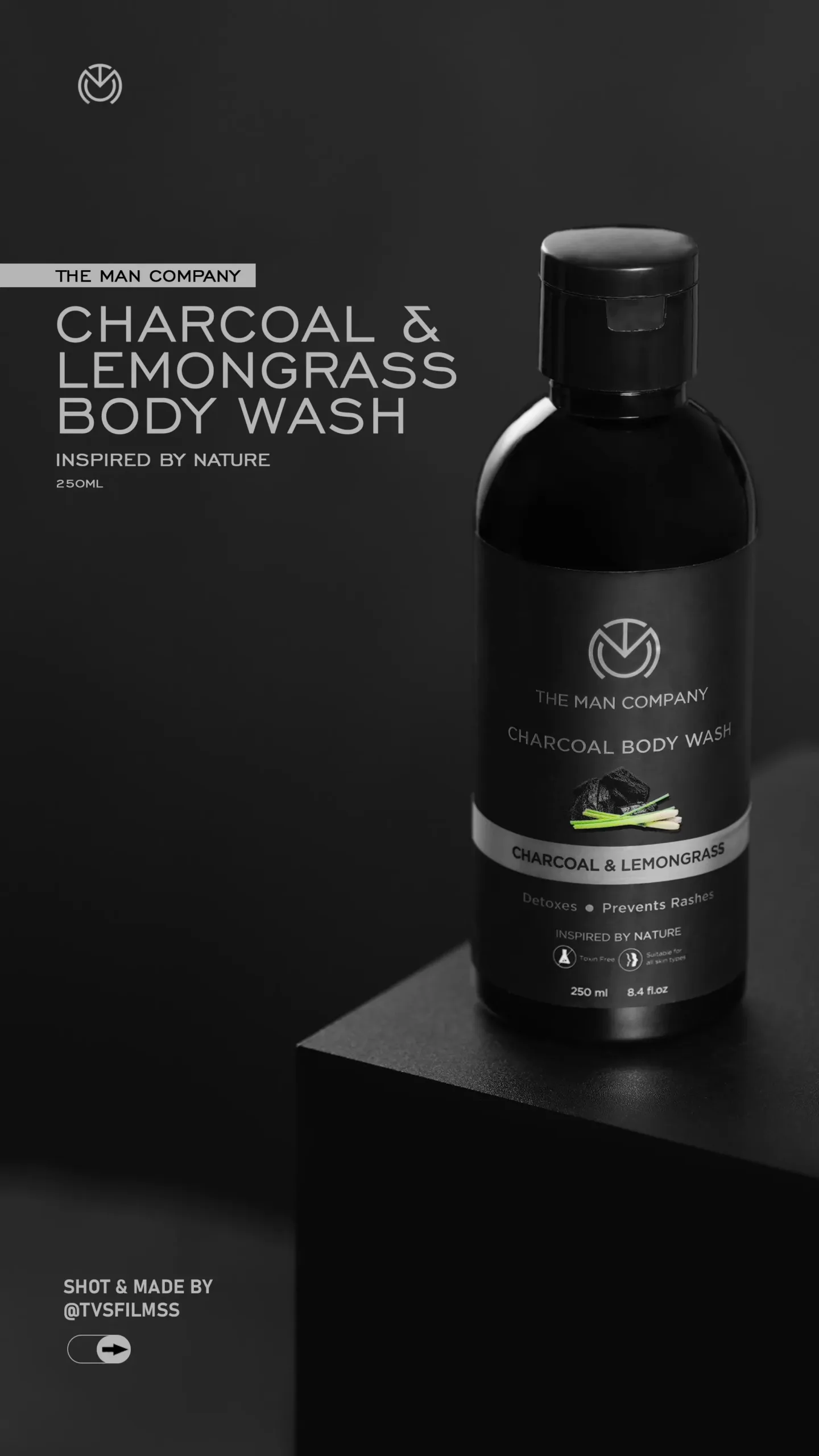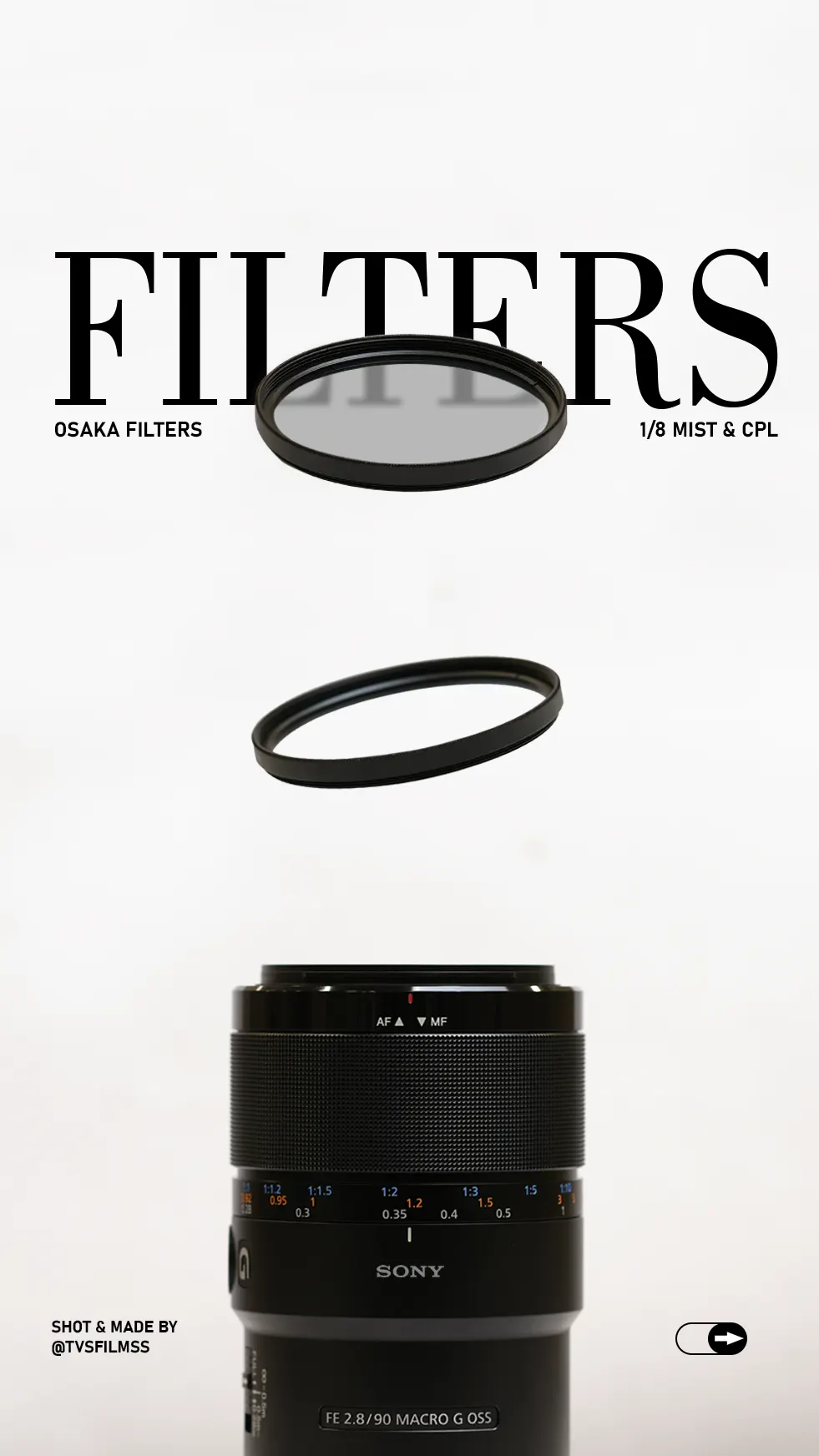Why Show the “Messy Middle”?
Whenever people see a polished final photograph, it’s easy to assume it was captured in a single click. But if you’ve ever been part of a photoshoot, you know the truth — there’s usually a small army of lights, props, trial-and-error shots, and plenty of adjustments behind it.
That’s exactly why I filmed a BTS-to-final photography video for my social handle. The idea was to give my audience a peek into the process — from the first wide frame setup to the final photographs.
And yes, it wasn’t just me. The founder of The Vintage Shutter Films jumped in during the shoot, making it a true behind-the-scenes story worth telling.
Setting Up the Scene
Every shoot begins with a blank space — a room, a subject, and a vision. In this case, our setup was simple but intentional. We wanted to show not only the food or subject being photographed but also the environment: the lights, the camera gear, and the little details that make the final result possible.
- The camera was mounted on a sturdy tripod to avoid any shake.
- A couple of soft lights were arranged strategically, but one of them created unwanted glare.
- Cables ran across the floor (classic BTS reality).
To make sure the audience could appreciate this, I captured wide frame shots of the setup. Wide shots work almost like introductions — they let viewers see the full story before we zoom into the finer details.
The Lighting Challenge
Photography, at its core, is painting with light. And during this shoot, the light wasn’t behaving the way we wanted. One of the lamps cast a harsh spot directly on the subject, making the image look unnatural and distracting.
Instead of panicking, we adjusted. This is where the diffuser became the hero of the day.
By placing the diffuser between the light and the subject, the glare softened beautifully. Shadows were no longer sharp; highlights had a smooth, cinematic fall-off. It’s always amazing how one simple tool can completely change the mood of a photo.
I made sure to capture some B-roll of this adjustment — showing how we positioned the diffuser and the instant difference it made.
Shooting Multiple Angles
Once the light was fixed, it was time to get creative with the camera. I didn’t want just one type of shot; I wanted the audience to see the variety that goes into building the final portfolio.
Wide Shot
The wide frame showed the entire subject with its surroundings. Props, textures, and background were all visible, giving context to the final photo.
Close-Up Shot
Then came the close-up, where the subject itself took center stage. This is where viewers could notice texture, colors, and fine details.
Extreme Close-Up
Finally, we experimented with extreme close-ups. These shots focused on micro-details you’d usually miss at first glance — the kind that adds depth and makes the photography feel immersive.
By mixing these angles, we built a visual story instead of just a single snapshot.
The Final Photos
After hours of setting up, fixing lights, capturing multiple frames, and making micro-adjustments, we finally arrived at the final photos.
- The first one was a wide, polished shot, showing the subject in full context with balanced lighting.
- The second was a tighter, detail-focused frame that highlighted the textures and colors we wanted to emphasize.
Looking at them side by side with the BTS footage, it’s easy to forget how messy the process looked at first. That’s the magic of photography — it transforms reality into something intentional and beautiful.
Why This Process Matters
So why bother showing BTS at all? Why not just post the final images and let them speak for themselves?
Because BTS tells the truth. It shows the cables, the trial and error, the diffuser saving the shot, and the hands of the photographer moving things around. For anyone who loves photography — or even for those just curious — seeing the journey makes the destination more meaningful.
For me, this shoot wasn’t just about capturing the subject. It was about teaching my audience that every polished photograph has an untold story. A story of lights being shifted, cameras being repositioned, and people working together to make it happen.
Final Thoughts
At the end of the day, what began as a messy setup turned into two clean, cinematic photographs worth sharing. And the beauty of documenting BTS is that my audience didn’t just see the end — they experienced the middle.
From wide frame shots of the setup to fixing light spots with a diffuser, from watching the founder of The Vintage Shutter Films jump into action to seeing the final results, this project was a reminder: photography is as much about the process as it is about the picture.
So next time you look at a photo that feels flawless, just know — there’s probably a BTS video, a diffuser, and a whole lot of wide shots behind it.






